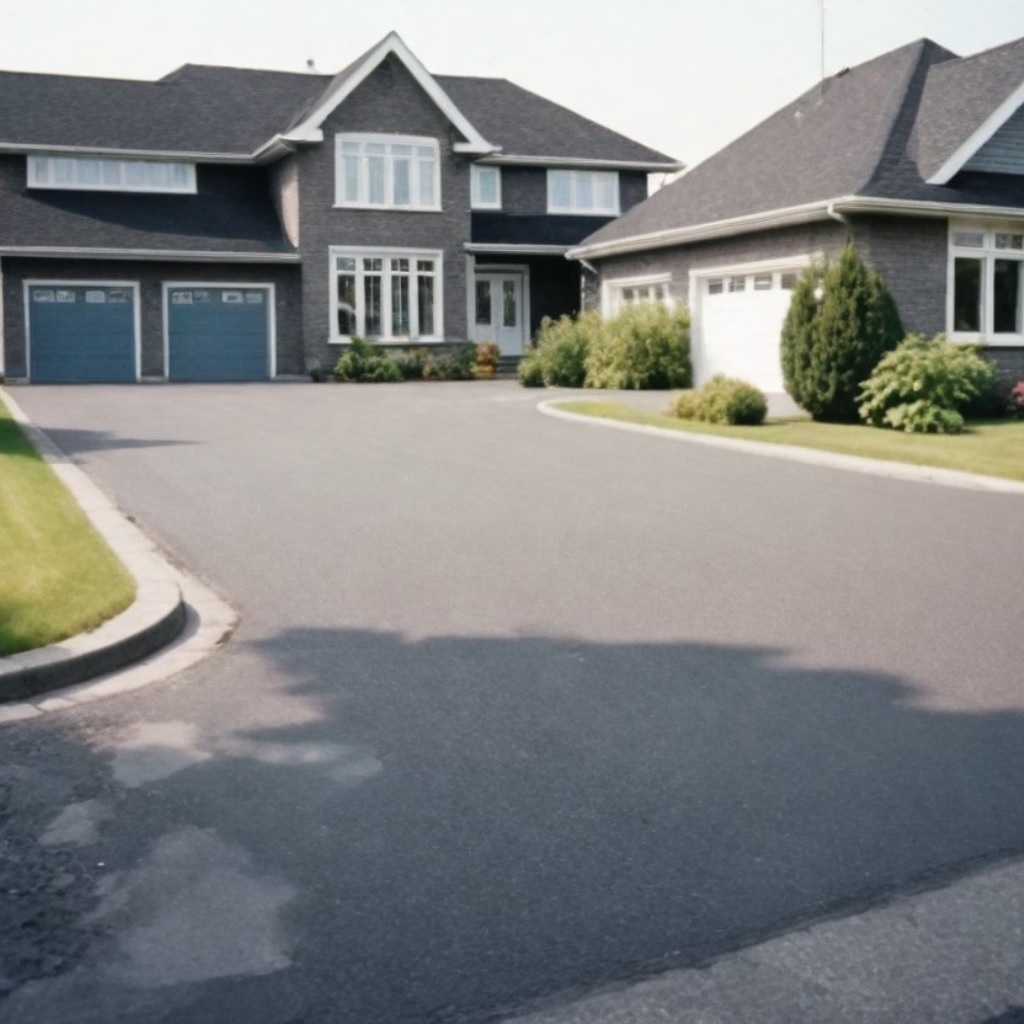Measure the Door: Measure the dimensions of the door wrapping to determine how much wrapping material you will need. Add a few extra inches to each measurement to ensure that you have enough material to wrap the entire door.
Choose Your Material: There are several types of door wrapping materials available, including vinyl, wallpaper, and contact paper. Choose a material that is easy to work with and will adhere well to the surface of your door.
Cut the Material: Use a sharp pair of scissors or a utility knife to cut the wrapping material to the appropriate size.
Apply the Material: Peel off the backing from the study chair material and carefully place it onto the door, smoothing out any bubbles or wrinkles as you go. Use a squeegee or a flat-edged tool to press the material firmly onto the surface of the door.
Trim the Edges: Use a sharp knife to trim any excess material from the edges of the door. Be sure to cut along the edge of the door frame for a clean, professional look.
Finish the Door: Once you have trimmed the edges, use a clean, dry cloth to smooth out any remaining wrinkles or bubbles in the wrapping material.
Easy Ways To Make DOOR WRAPPING Faster
Use pre-cut wrapping paper or vinyl: Instead of measuring and cutting the wrapping material to size, use pre-cut sheets that are already the right dimensions for your door. This will save time and ensure that you don’t waste any material.
Use a squeegee: If you’re using vinyl to wrap your door, a squeegee can be very helpful in smoothing out the material and removing any air bubbles. This will help you achieve a smooth and professional finish in less time.
Work with a partner: Wrapping a door can be a big job, so having someone to help you can make the process much faster. One person can hold the wrapping material in place while the other smooths it out, for example. This will help you complete the job in less time and with less frustration.
Mistakes With DOOR WRAPPING
Not cleaning the door surface: Before applying any wrapping material, make sure the surface of the door is clean and free from dust, dirt, or grease. Any debris on the surface can affect the adhesion of the wrap and lead to peeling or lifting later.
Not measuring accurately: Measure the dimensions of the door accurately, including any curves, corners, and edges. Failure to measure accurately can result in the wrap not fitting the door correctly, which can cause bubbles or wrinkles in the wrap.
Not allowing enough time for installation: Door wrapping requires patience and careful attention to detail. Rushing the installation can lead to mistakes and imperfections that will be noticeable. Make sure to set aside enough time to complete the installation correctly.
Not choosing the right material: Choosing the wrong material can result in poor adhesion, peeling, or fading. Make sure to select a high-quality wrapping material that is designed for doors and can withstand the wear and tear of everyday use.
Not following the manufacturer’s instructions: Each wrapping material has its unique installation instructions. Failure to follow these instructions can result in damage to the door or a poor-quality installation.













Comments